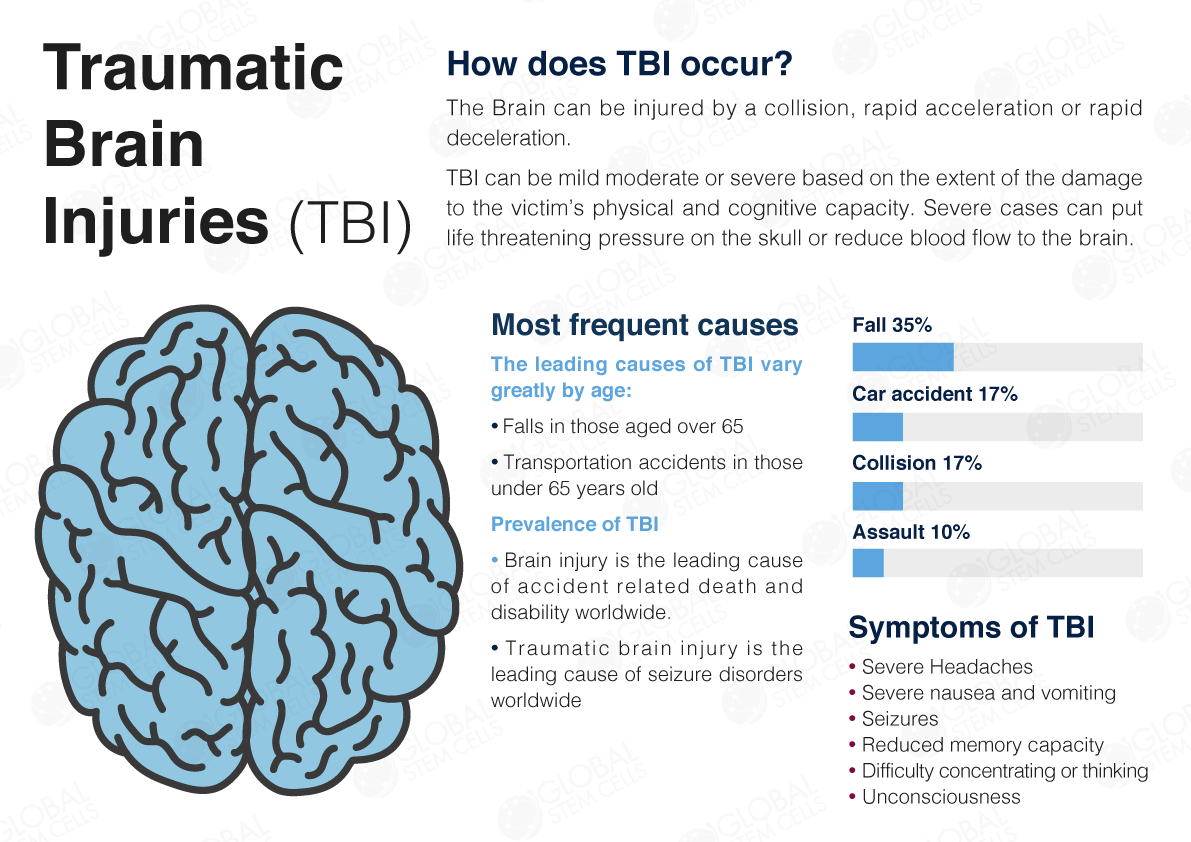New Stem Cell Therapy To Improve Memory and Prevent Seizures After Traumatic Brain Injury
Source: Thailand Medical News Nov 19, 2019 5 years, 11 months, 2 weeks, 3 days, 7 hours, 9 minutes ago
University of California researchers have developed a breakthrough
stem cell therapy to improve memory and prevent seizures in mice following
traumatic brain injury. In the research, the University of California (Irvine) team transplanted embryonic progenitor cells (a specialized type of
stem cells) capable of generating inhibitory interneurons, a specific type of nerve cell that controls the activity of brain circuits, into the brains of mice with traumatic brain injury. They targeted the hippocampus, a brain region responsible for learning and memory.

The study team discovered that the transplanted neurons migrated into the injury where they formed new connections with the injured brain cells and thrived long term. Within a month after treatment, the mice showed signs of memory improvement, such as being able to tell the difference between a box where they had an unpleasant experience from one where they did not. They were able to do this just as well as mice that never had a brain injury. The cell transplants also prevented the mice from developing epilepsy, which affected more than half of the mice who were not treated with new interneurons.
About 2 million Americans and roughly 31 million people globally are affected with
traumatic brain injuries each year and cause cell death and inflammation in the brain. People who experience a head injury often suffer from lifelong memory loss and can develop epilepsy.
Dr Robert Hunt, PhD, assistant professor of anatomy and neurobiology at UCI School of Medicine who led the study told
Thailand Medical News, “Inhibitory neurons are critically involved in many aspects of memory, and they are extremely vulnerable to dying after a brain injury “While we cannot stop interneurons from dying, it was exciting to find that we can replace them and rebuild their circuits.”
Not new to utilizing this protocol, Dr Hunt and his team has used interneuron transplantation therapy previously to restore memory in mice. In 2018, the UCI team used a similar approach, delivered the same way but to newborn mice, to improve memory of mice with a genetic disorder.
However, this was an exciting advance for the researchers. “The idea to regrow neurons that die off after a brain injury is something that neuroscientists have been trying to do for a long time,” Hunt said. “But often, the transplanted cells don’t survive, or they aren’t able to migrate or develop into functional neurons.”To further test their observations, Hunt and his team silenced the transplanted neurons with a drug, which caused the memory problems to return.
Dr Bingyao Zhu, a junior specialist and first author of the study commented, "It was exciting to see the animals’ memory problems come back after we silenced the
transplanted cells, because it showed that the new neurons really were the reason for the memory improvement.”
At present, there are no treatments for people who experience a head injury. If the results in mice can be replicated in humans, it could have a tremendous impact for patients. The next step is to
create interneurons from human
stem cells.
Dr Hunt concluded, “So far, nobody has been able to convincingly create the same types of interneurons from human pluripotent
stem cells. But I think we’re close to being able to do this.”
Reference: Zhu, et al. (2019) Transplanted interneurons improve memory precision after traumatic brain injury. Nature Communications. DOI: https://doi.org/10.1038/s41467-019-13170-w 